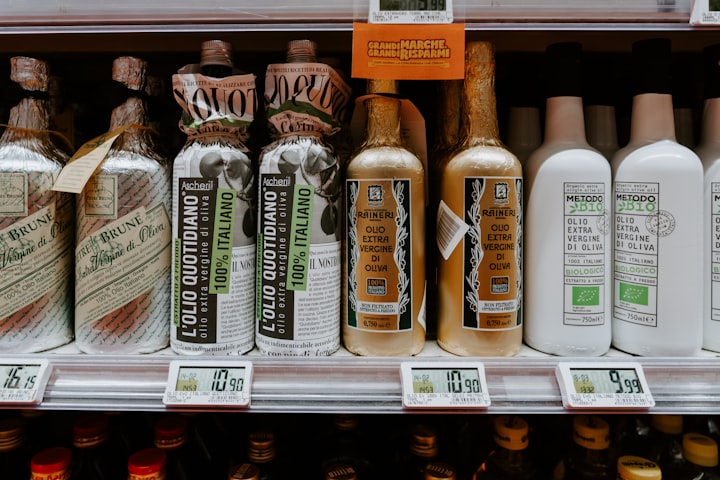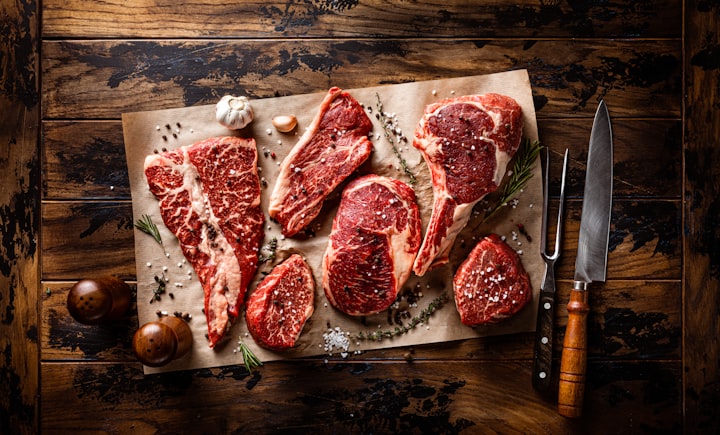
Ever found yourself standing in the olive oil aisle, surrounded by a sea of options, and feeling a tad overwhelmed by terms like "extra virgin" and "cold-pressed"? You're not alone. Let's take a short trip into the world of olive oil labels to make your next grocery shopping a breeze.
Extra Virgin - The Pinnacle of Olive Oils
As you peruse the shelves, your first focus should be on the term "extra virgin." This grade sits at the summit, above virgin and lampante (an ancient olive oil unfit for today's consumption but once used to light lamps in Roman times). Distinguishing between extra virgin and virgin involves a dual evaluation process: chemical and sensory analysis. Look for official certification marks to ensure you're getting a top-notch product.
Chemically, multiple parameters are scrutinized, including fermentation, oxidation, and polyphenol content (the beneficial components in olive oil). Keep an eye out for low levels of free fatty acids and peroxide values. They are often found on the bottle labels. Alternatively, look for a certification sticker for extra virgin olive oil. It signifies that it has passed all the necessary tests. For the true enthusiasts, you can always check out key parameters for extra virgin olive oil certifications according to the International Olive Council (IOC) and Olives New Zealand.
On the sensory front, a certified panel of tasters assesses the olive oil for fruity aroma and the absence of defects. Extra virgin should be flawless in taste, with no defects, while the virgin grade may allow for some mild imperfections. These taste defects can be perceptible elements resulting from various farming or production incidents, such as the taste of wet wood, caused by olives exposed to frost while still on the trees.
Cold-Pressed - A Nod to Tradition
You might stumble upon the term "cold-pressed"; an outdated production term that is a misnomer. Nowadays, all the cool extra virgin olive oils are made by centrifuging fresh olives at low temperatures without any of the traditional or hydraulic presses of mills of yesteryears. Technological advancements have led to improved overall quality and consistency.
Early-Harvest - A Matter of Taste
Not all olives are created equal. They can be picked at various stages: green, ripe, or somewhere in between (i.e. veraison). Early-harvest oils boast a more herbaceous and plant-like flavor profile, evoking notes of leaves, stems, green banana skin, and more. On the other end of the spectrum, oils from riper olives tend to be sweeter, with flavors reminiscent of ripe tomatoes, bananas, and fruit compote.
Choosing between early-harvest and other oils isn't about quality but personal taste preferences. Go on an exciting journey to discover which flavor profile suits your palate best.
Beyond the Label - Practical Tips for Savvy Shoppers
As you embark on your olive oil exploration, consider these 4 simple practical tips:
1. Buy from People Who Care: Opt for grocers and growers who prioritize strong relationships with olive oil producers. If possible, taste your olive oils before buying.
2. Have a Variety On-Hand: Experiment with different taste profiles. For instance, an intense, grassy olive oil may complement cooked dishes, while a softer, peppery one enhances salads and pastas.
3. Use Often: Treat olive oil like a fresh product. Consume it within three months of opening to savor its best taste and nutritional properties.
4. Store Well: Olive oil is sensitive to light, oxygen, and heat. While the ideal storage is at wine cellar/fridge temperatures (15-20 Celsius), a cool, dark cupboard will suffice. Always remember to replace the bottle stopper after each use.
Armed with these insights, you're now equipped to navigate the olive oil section to snag that quality extra virgin olive oil goodness and let your culinary creations shine. Happy cooking!





Comments
Daz Low is not accepting comments at the moment
Want to show your support? Send them a one-off tip.